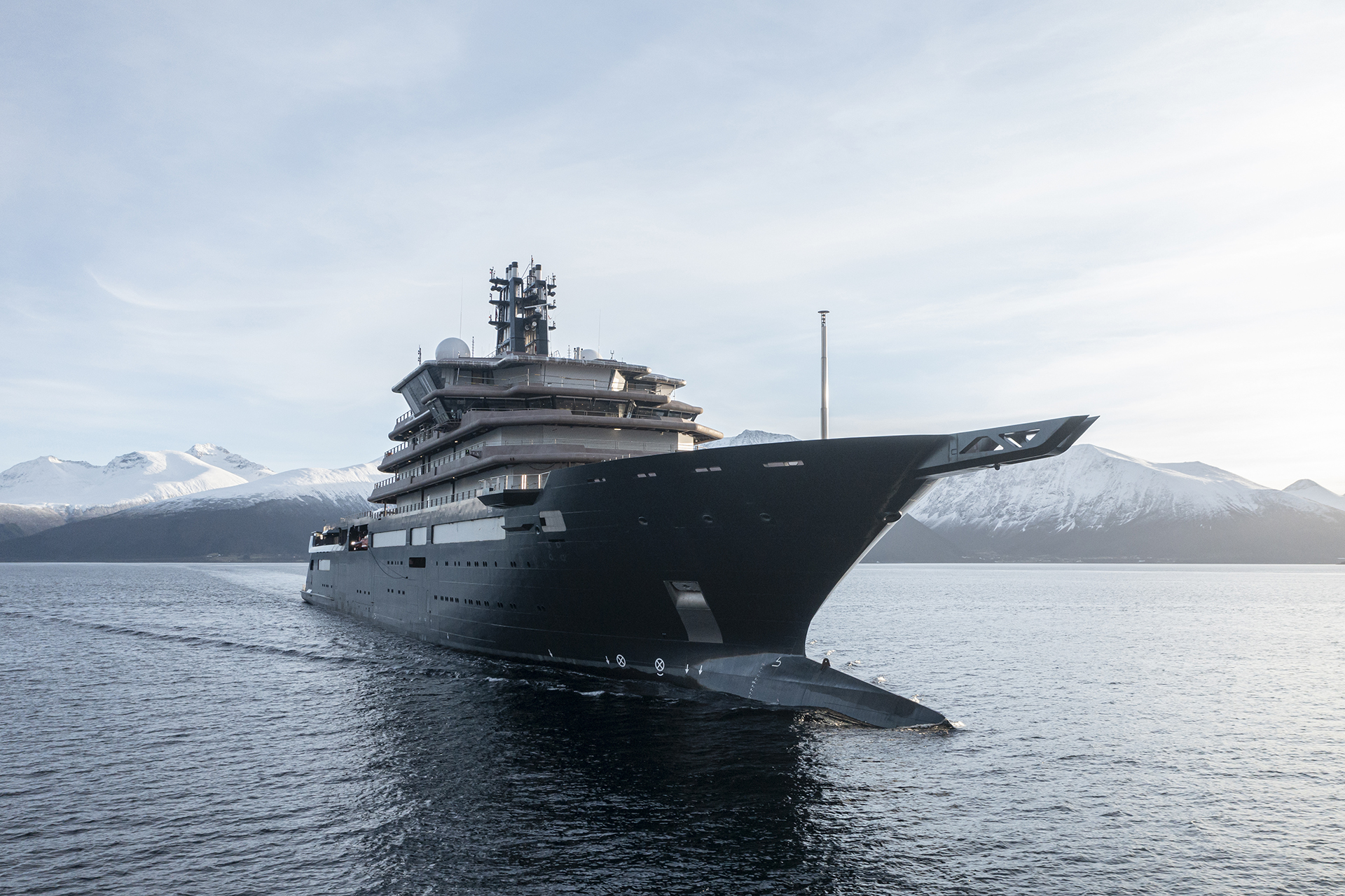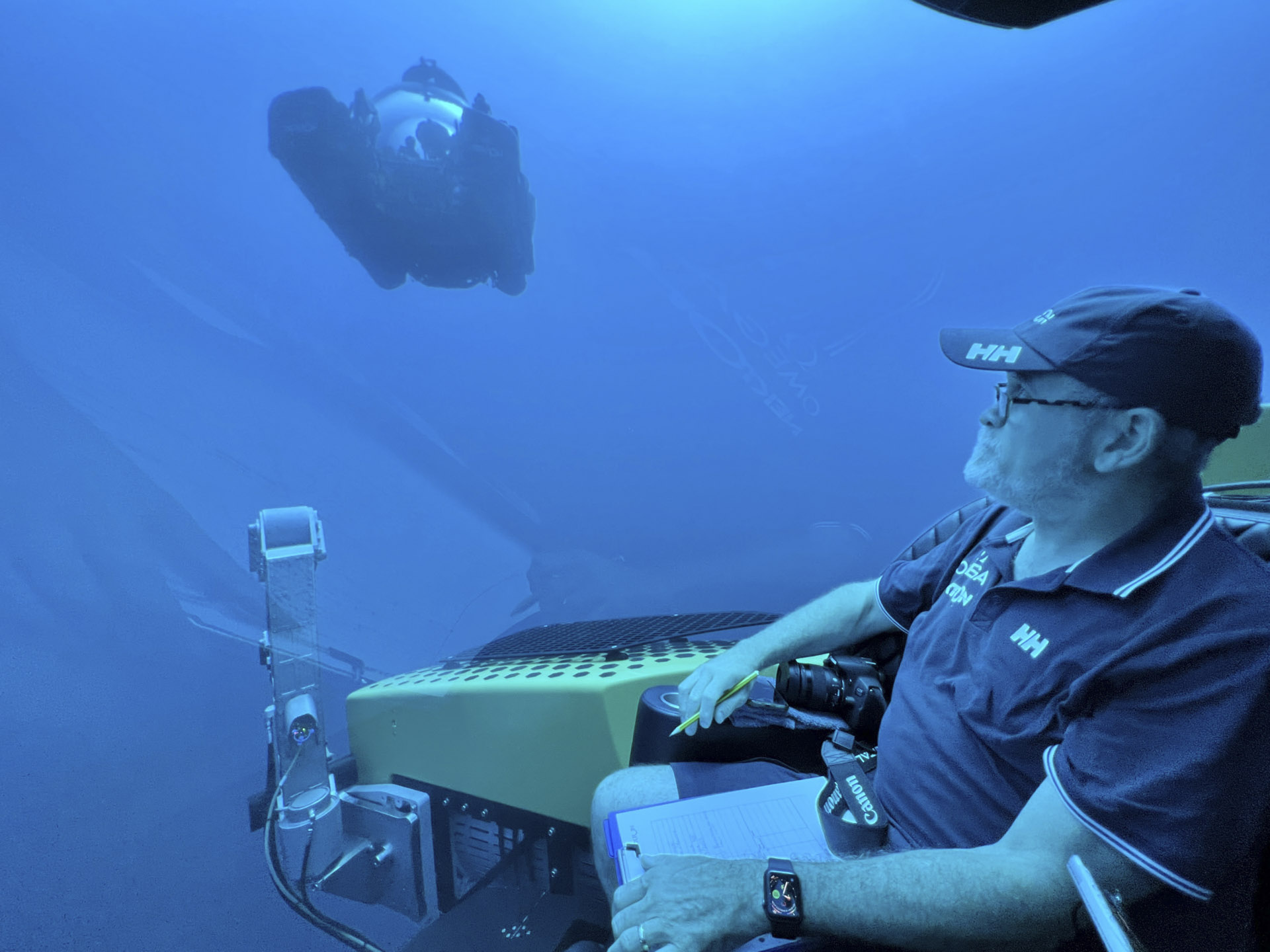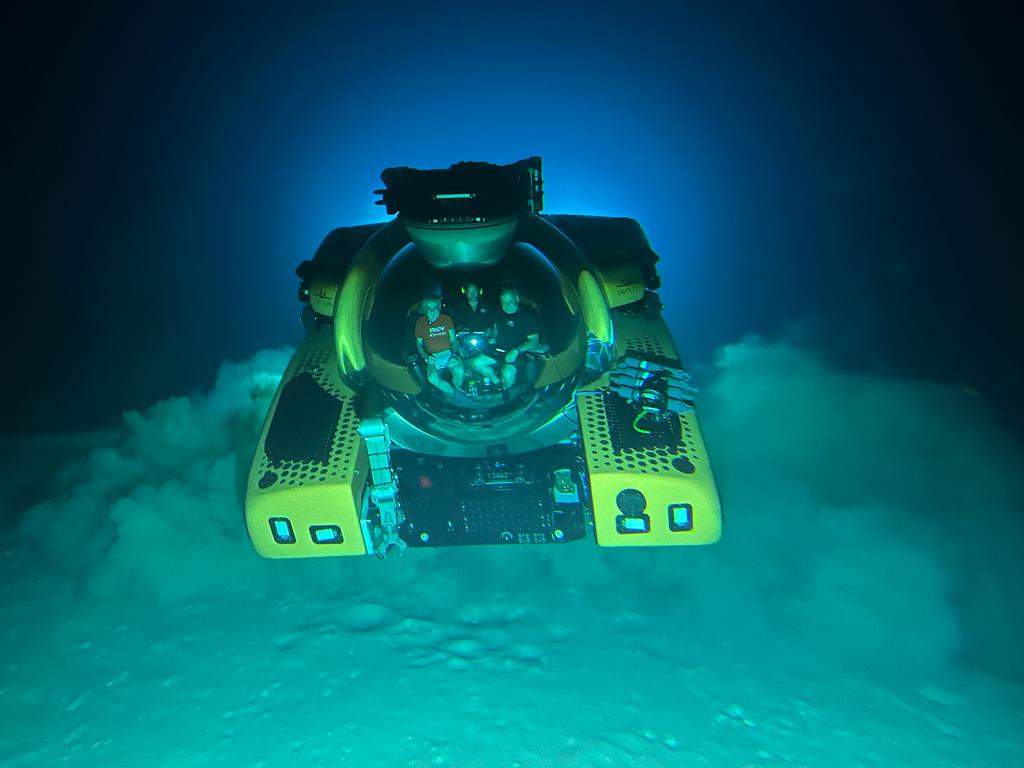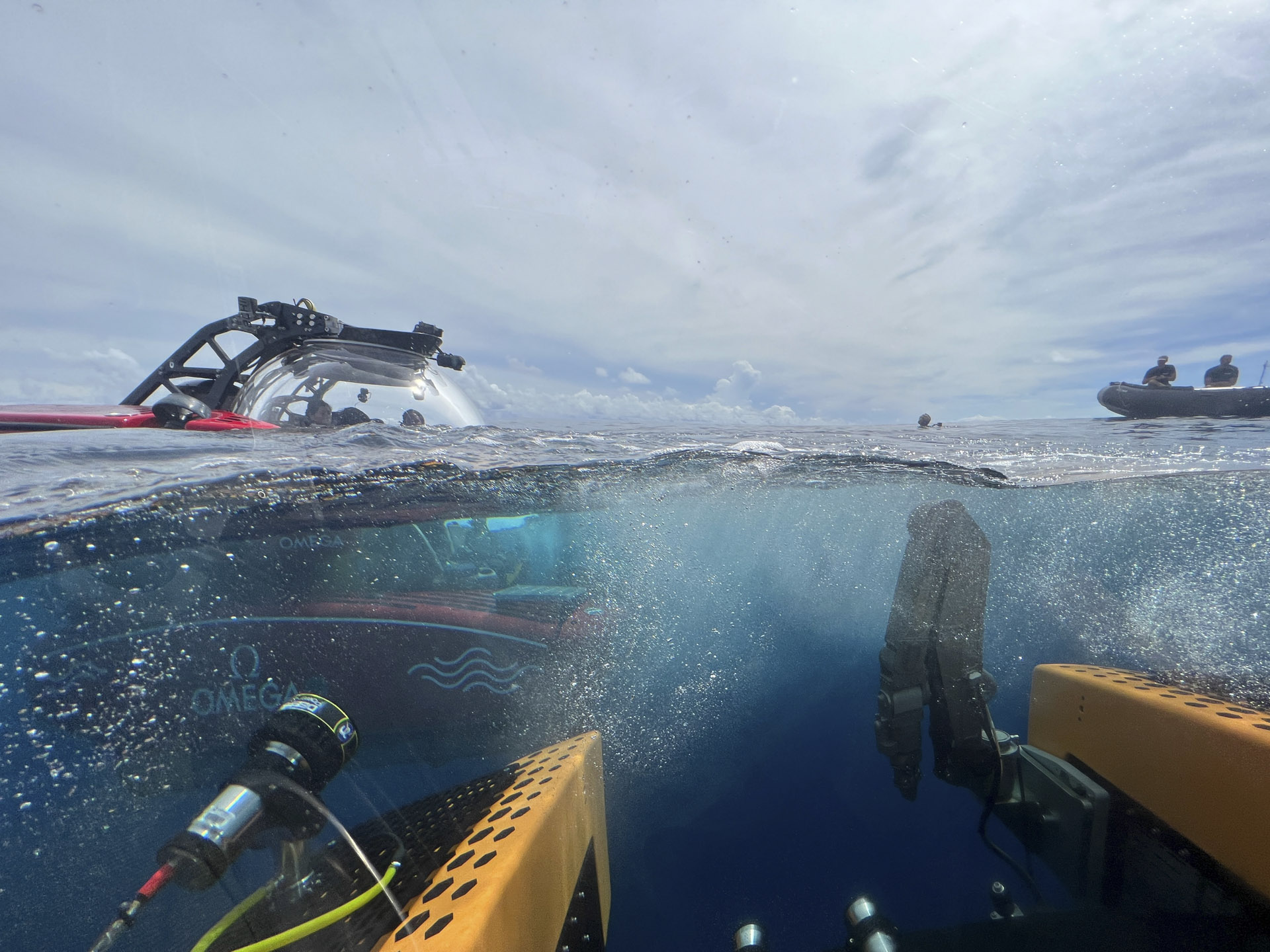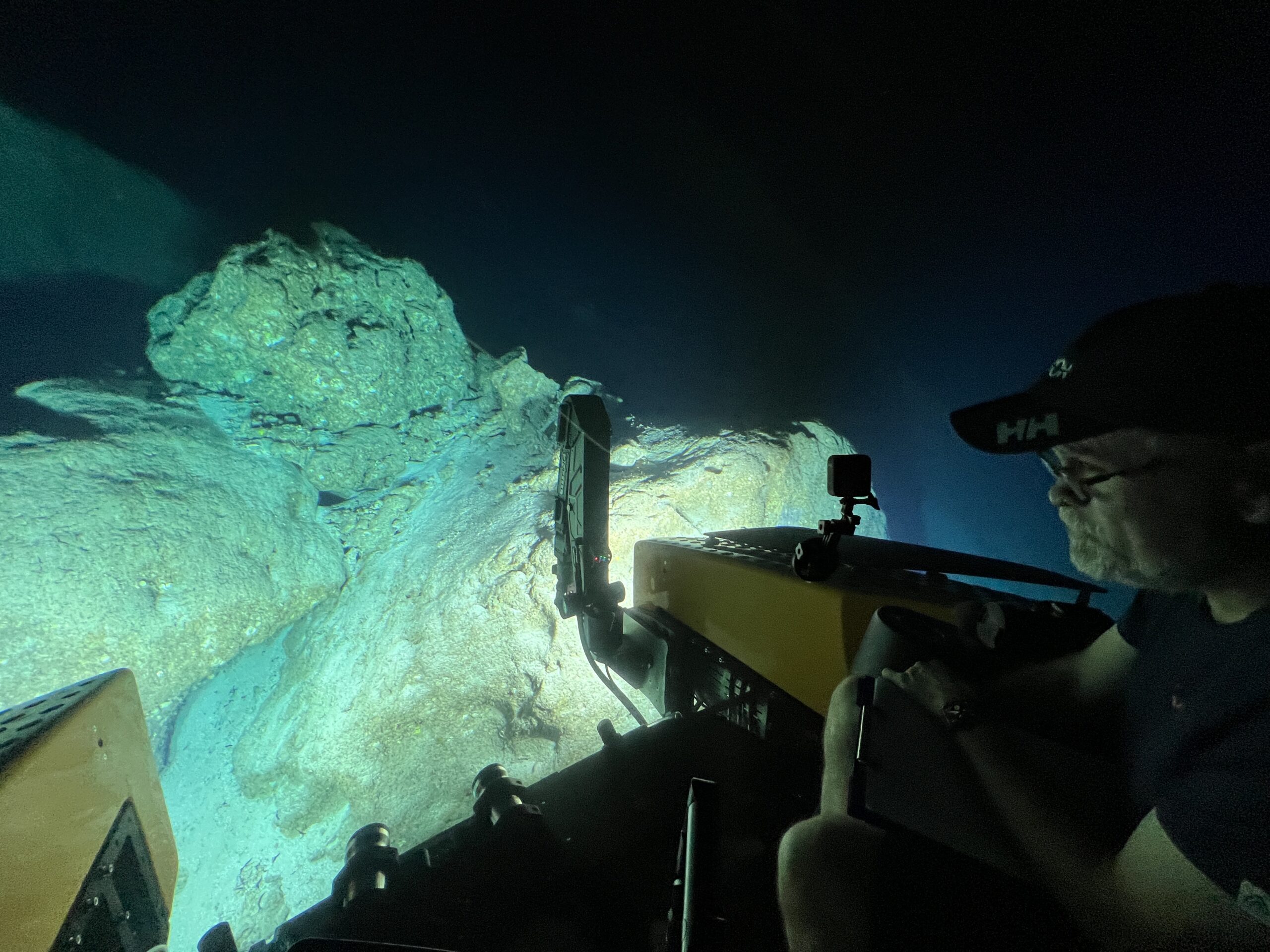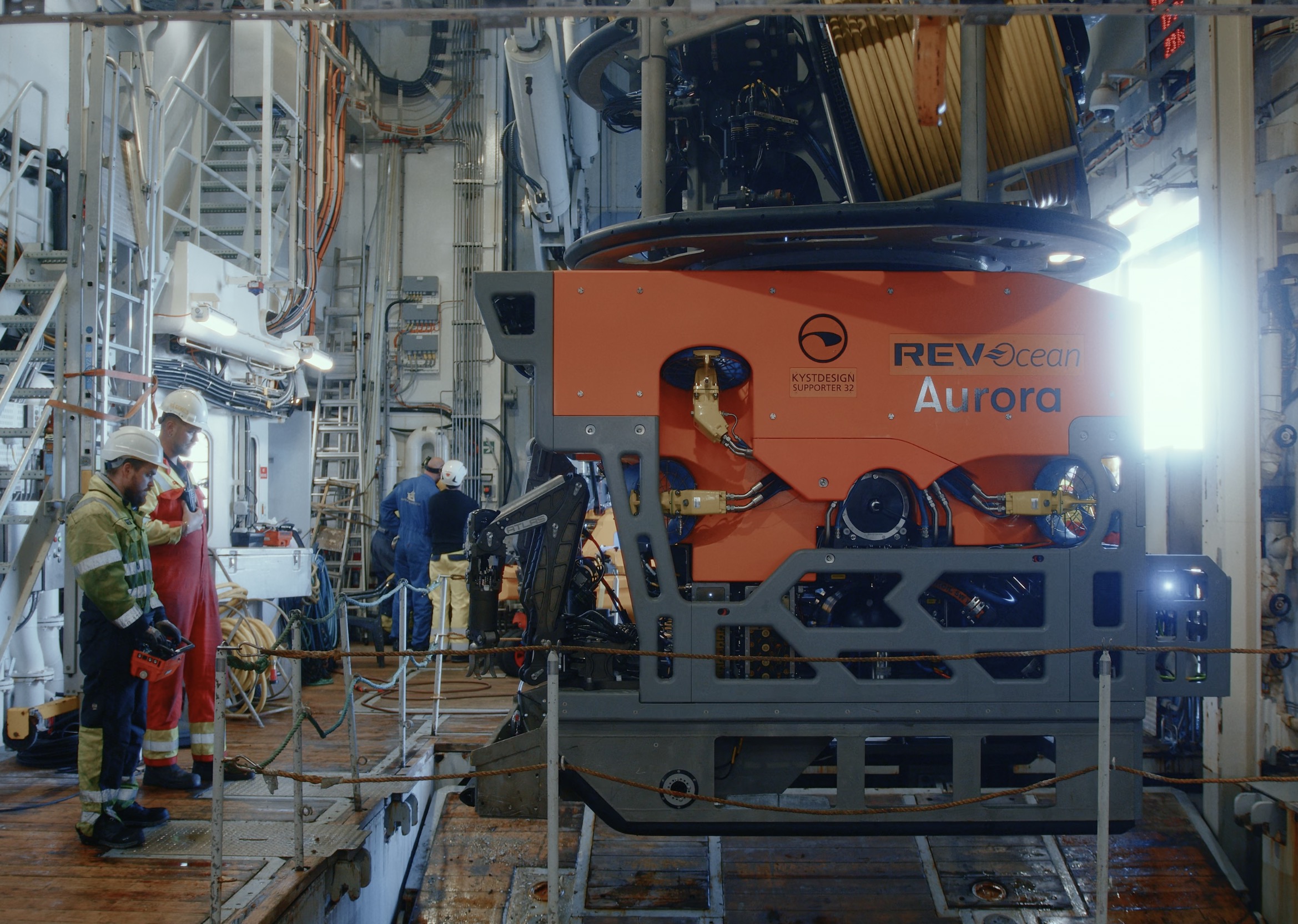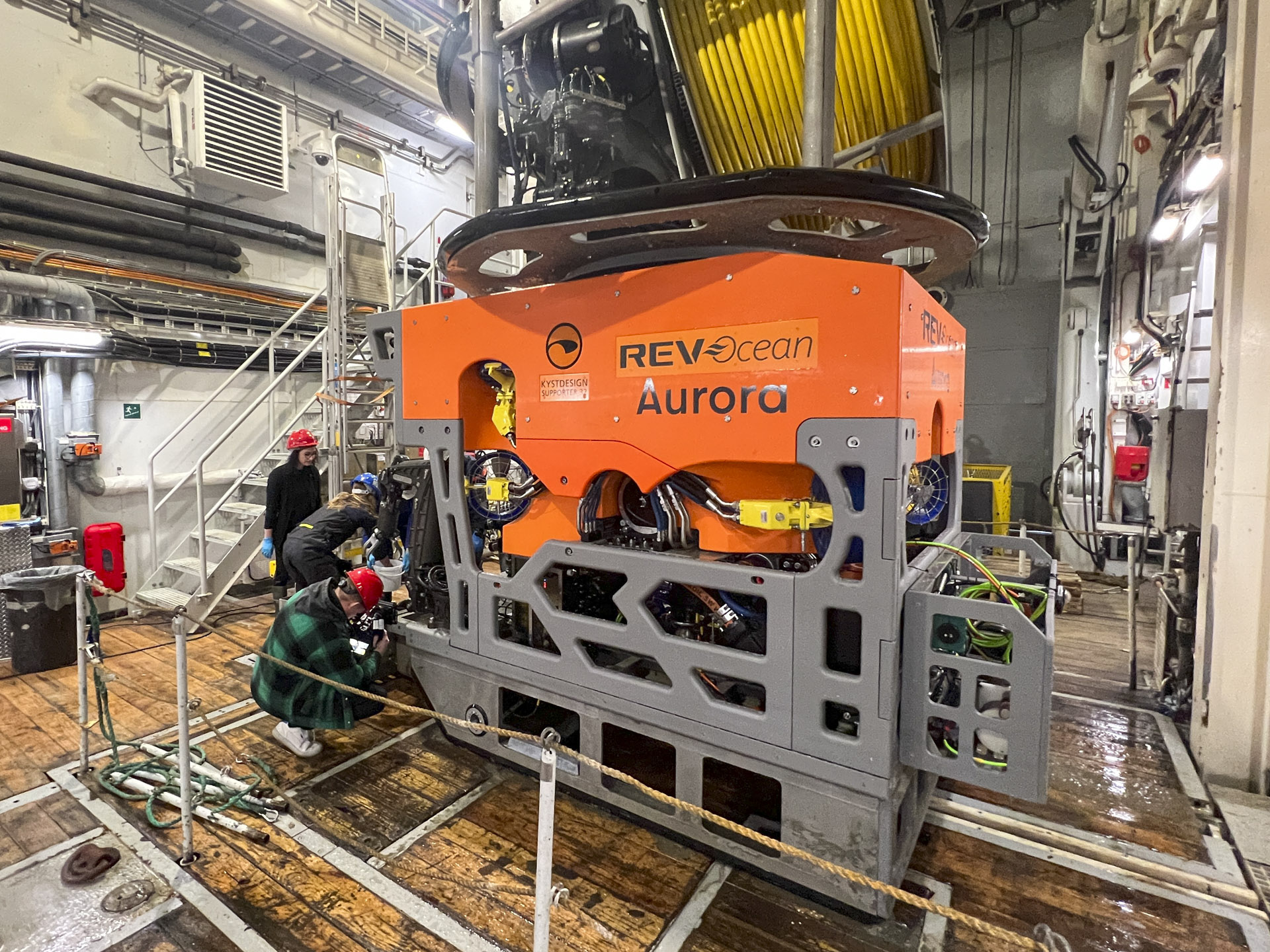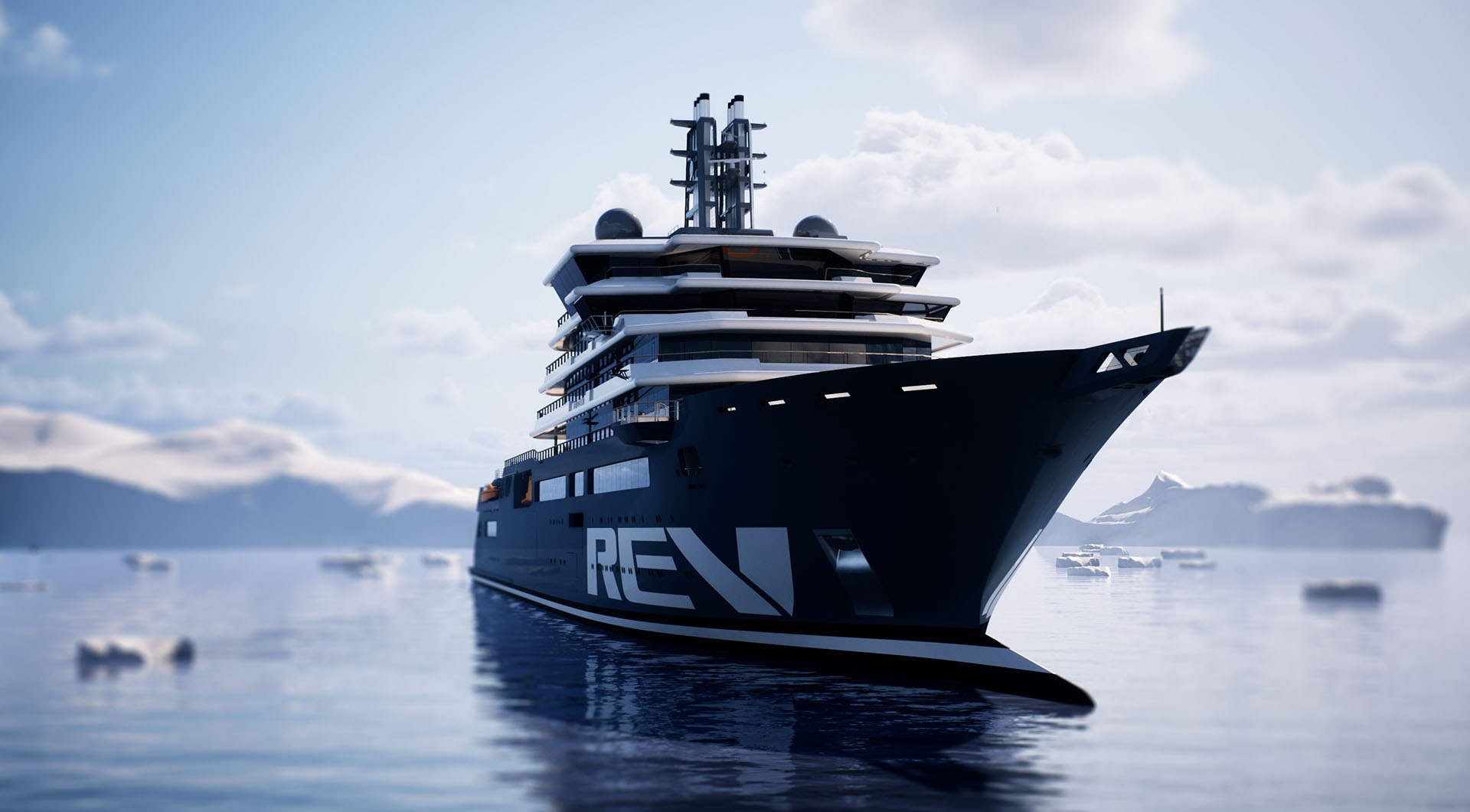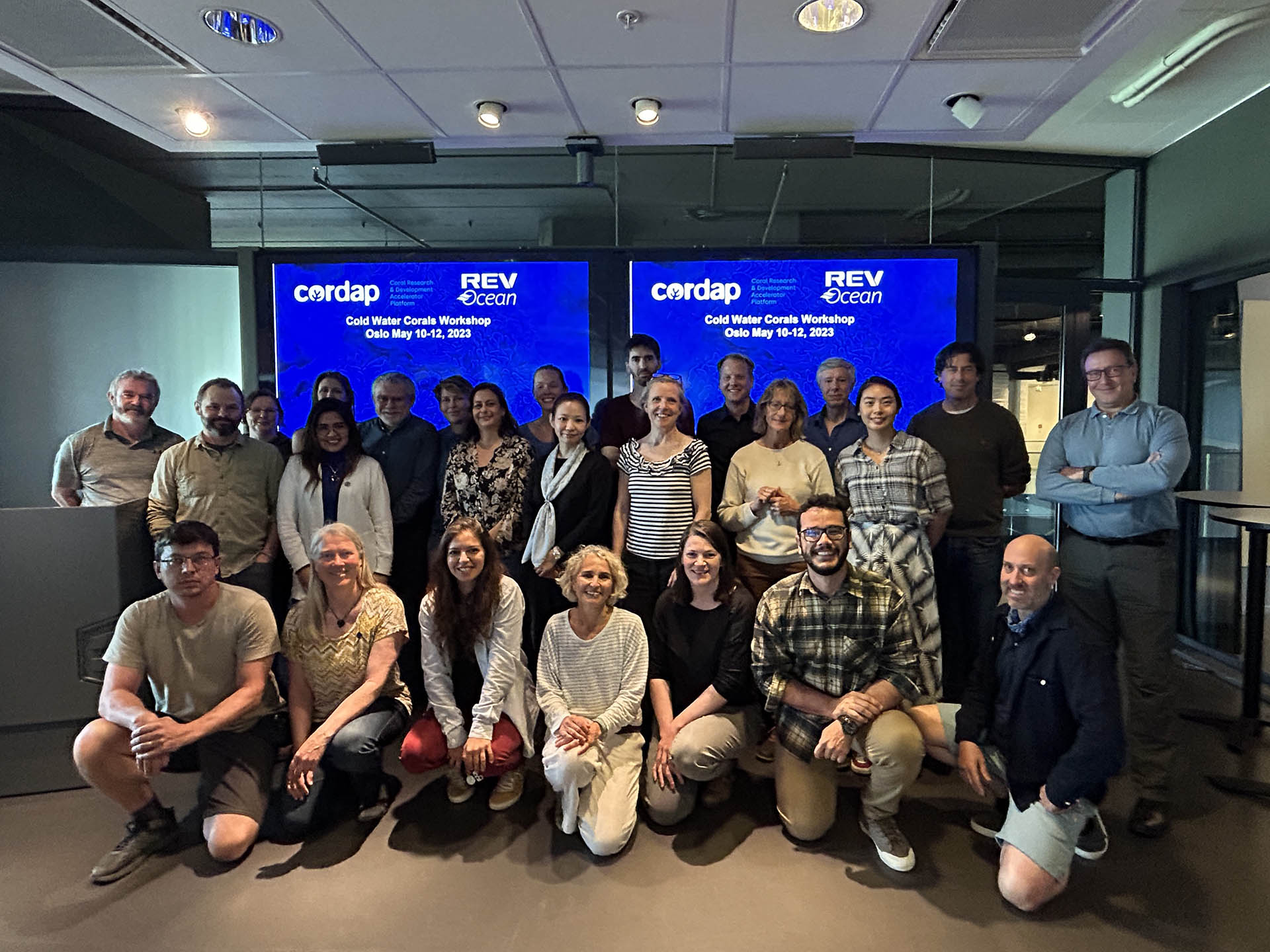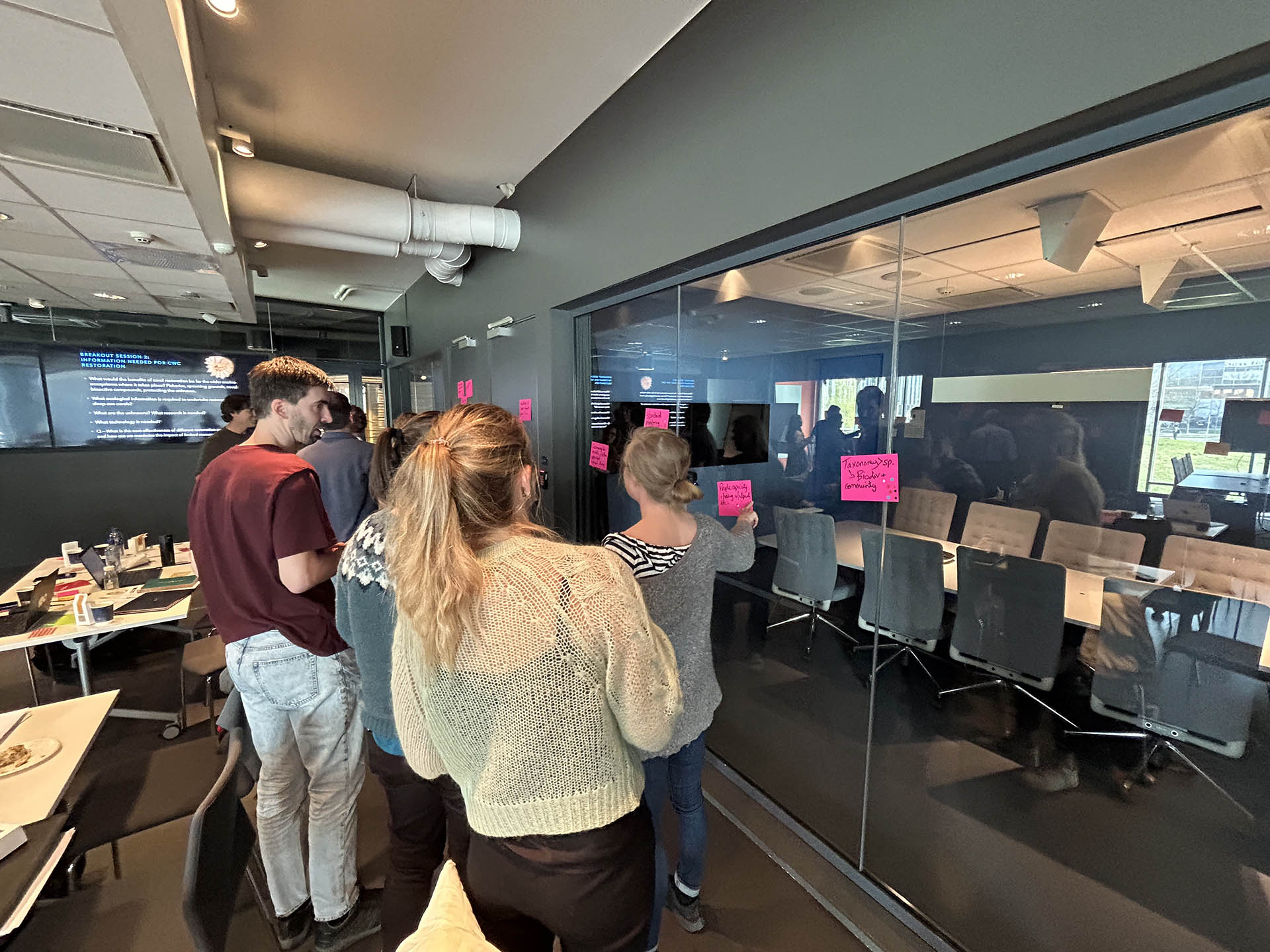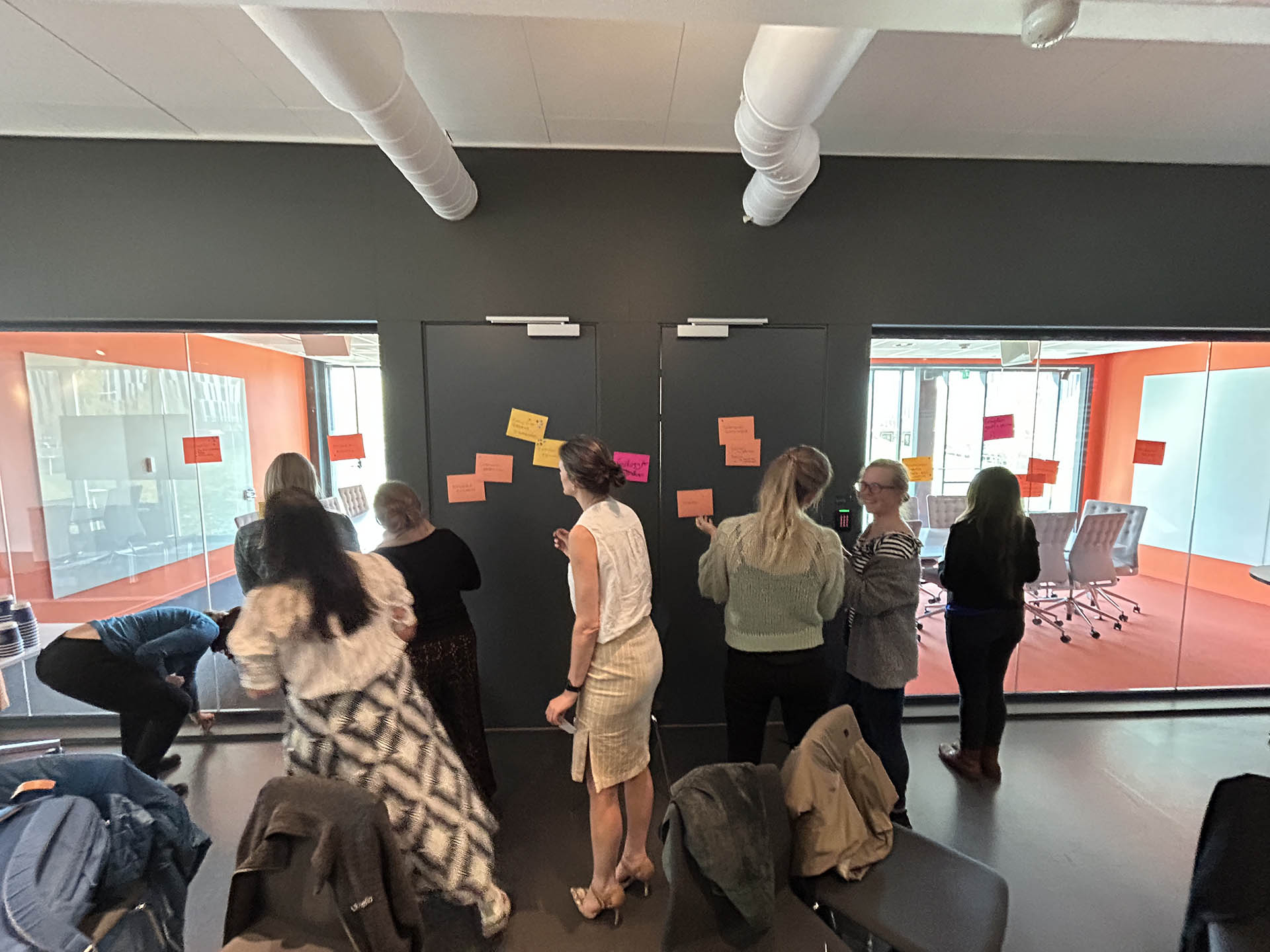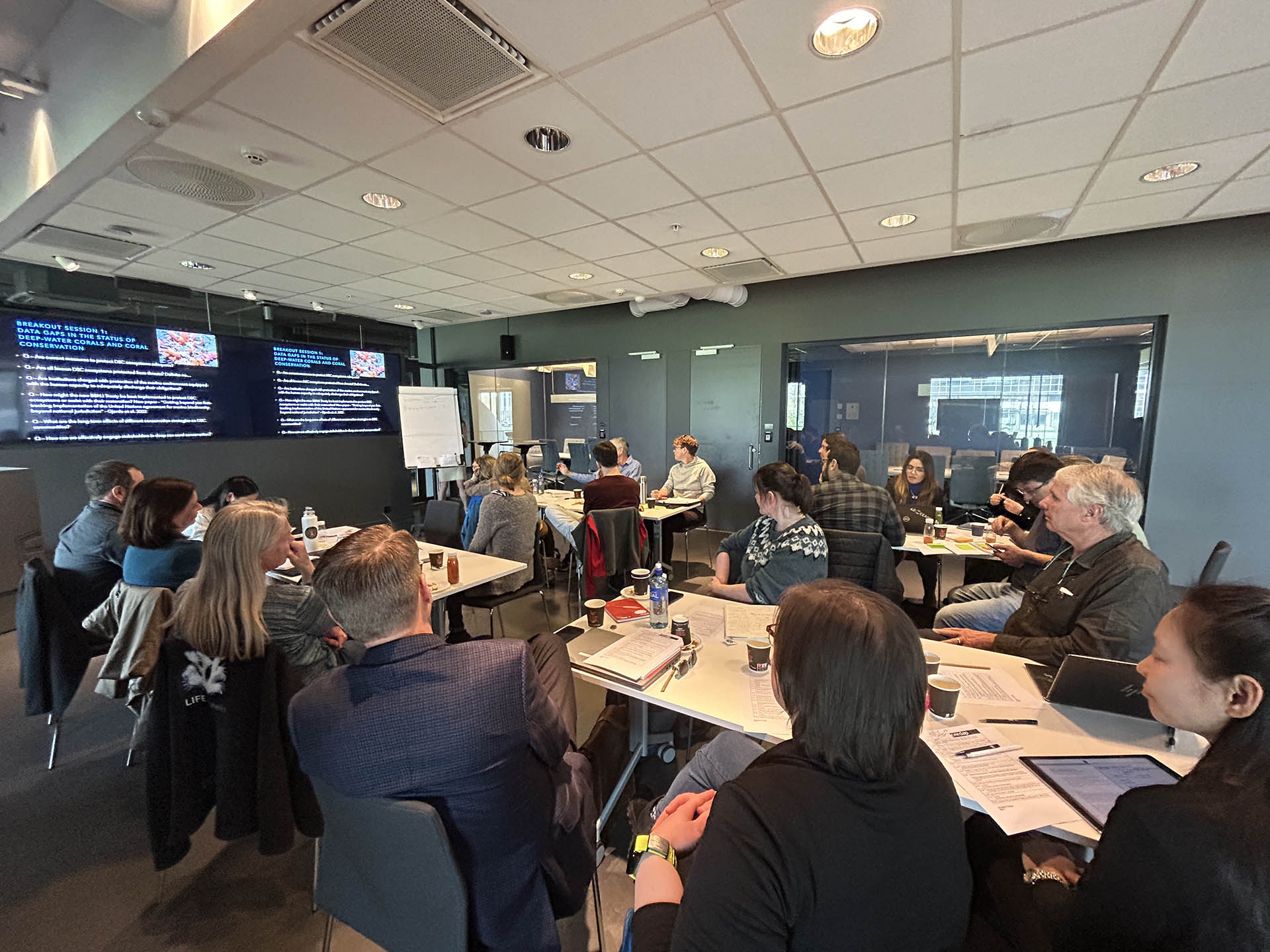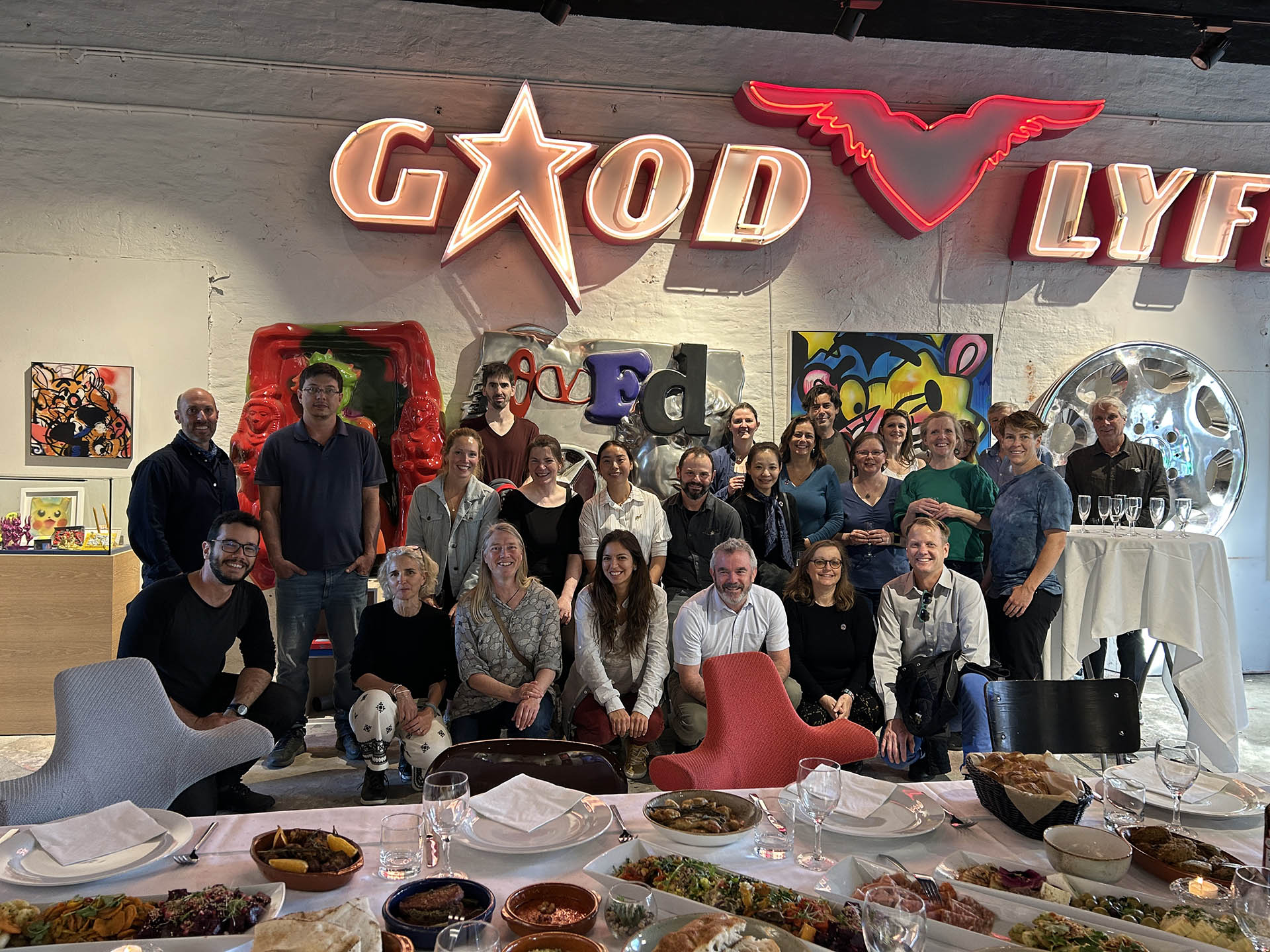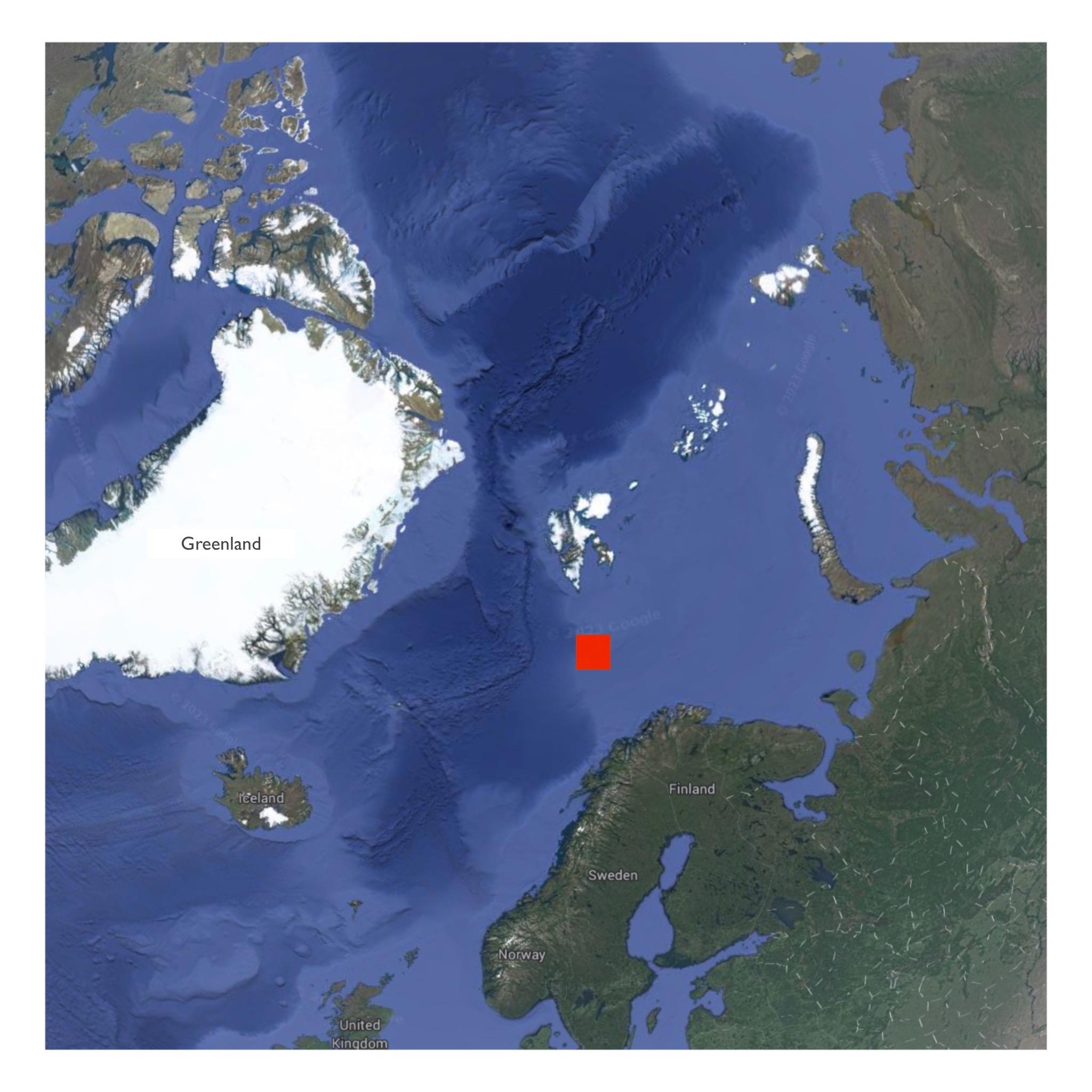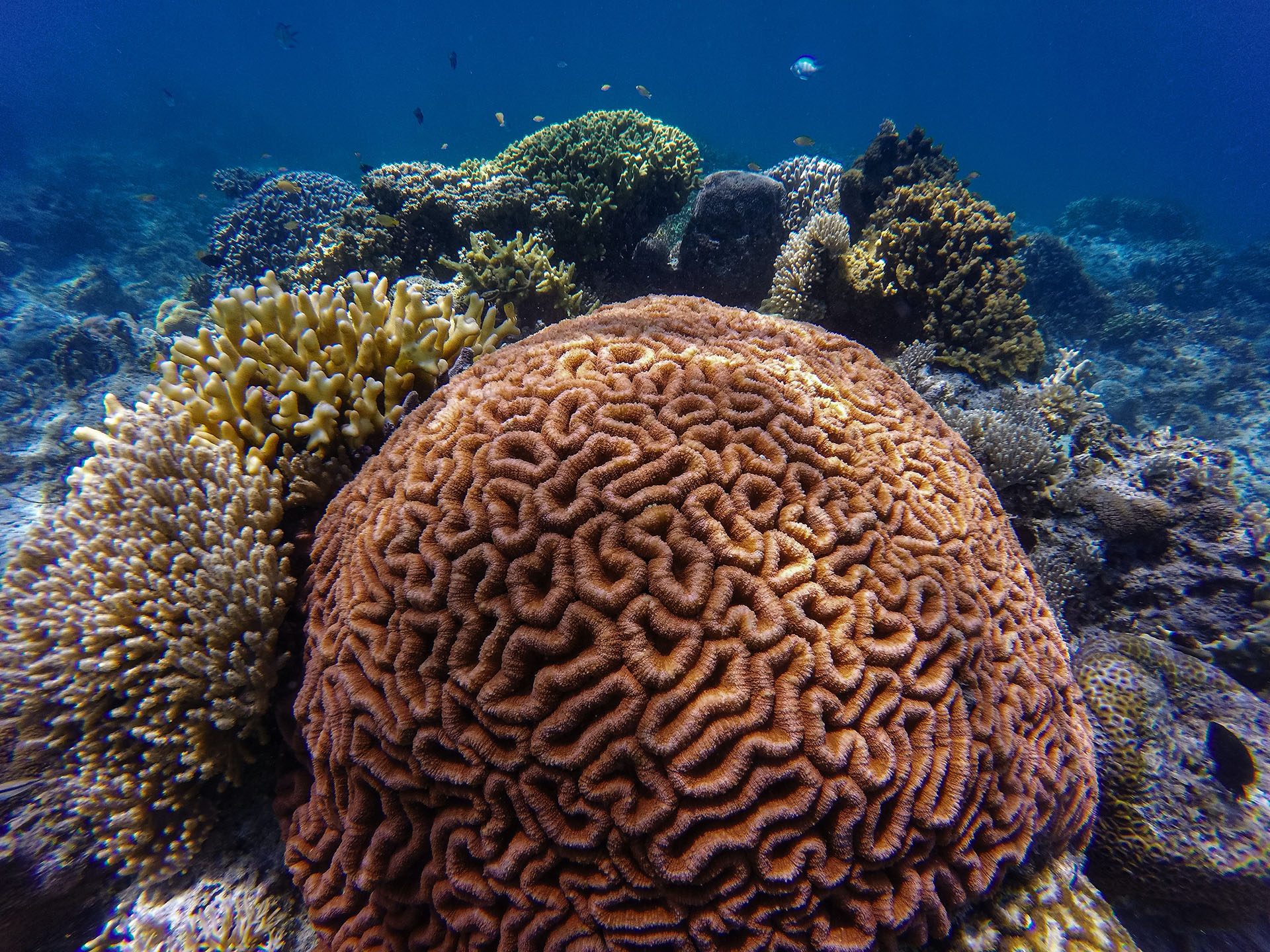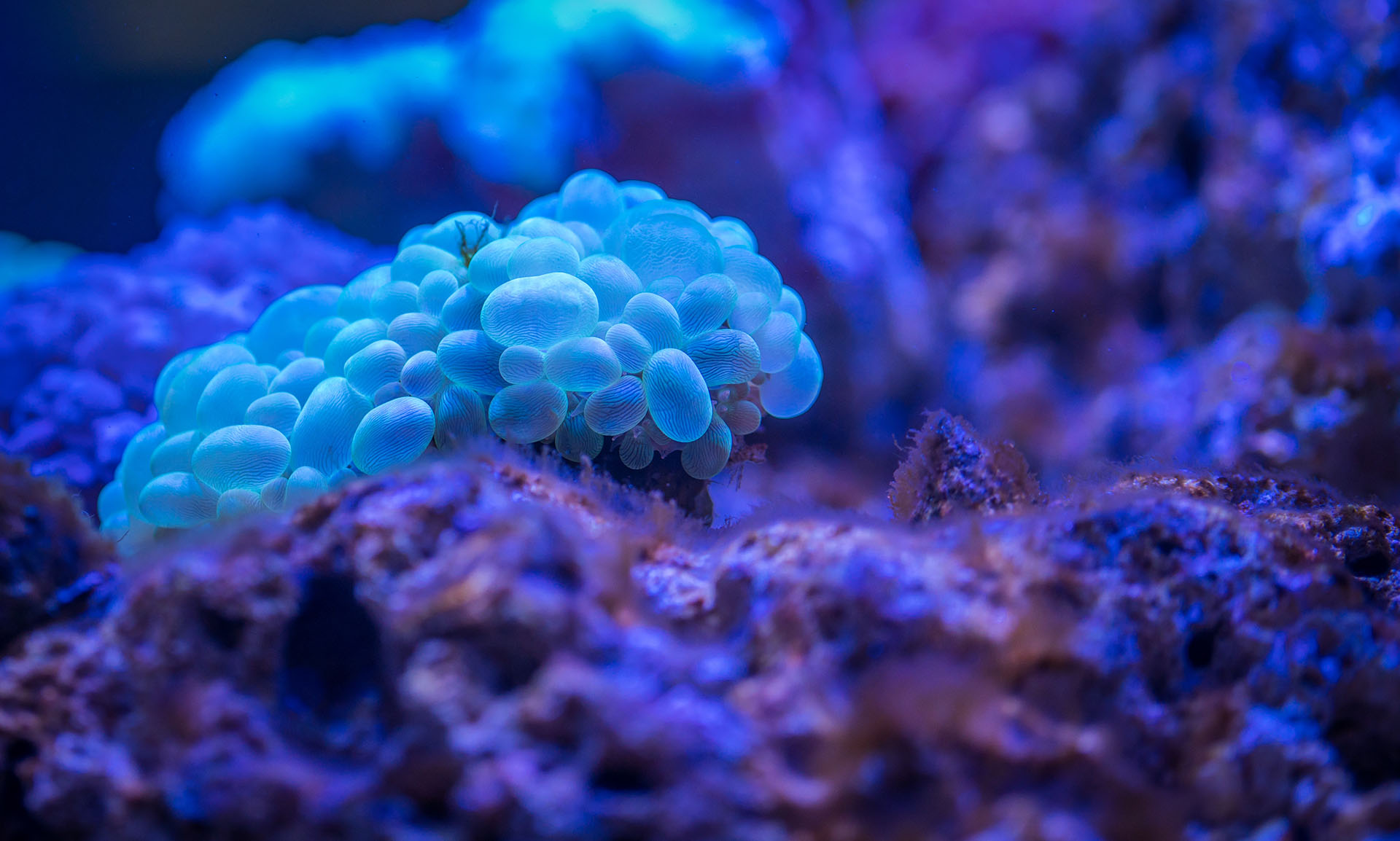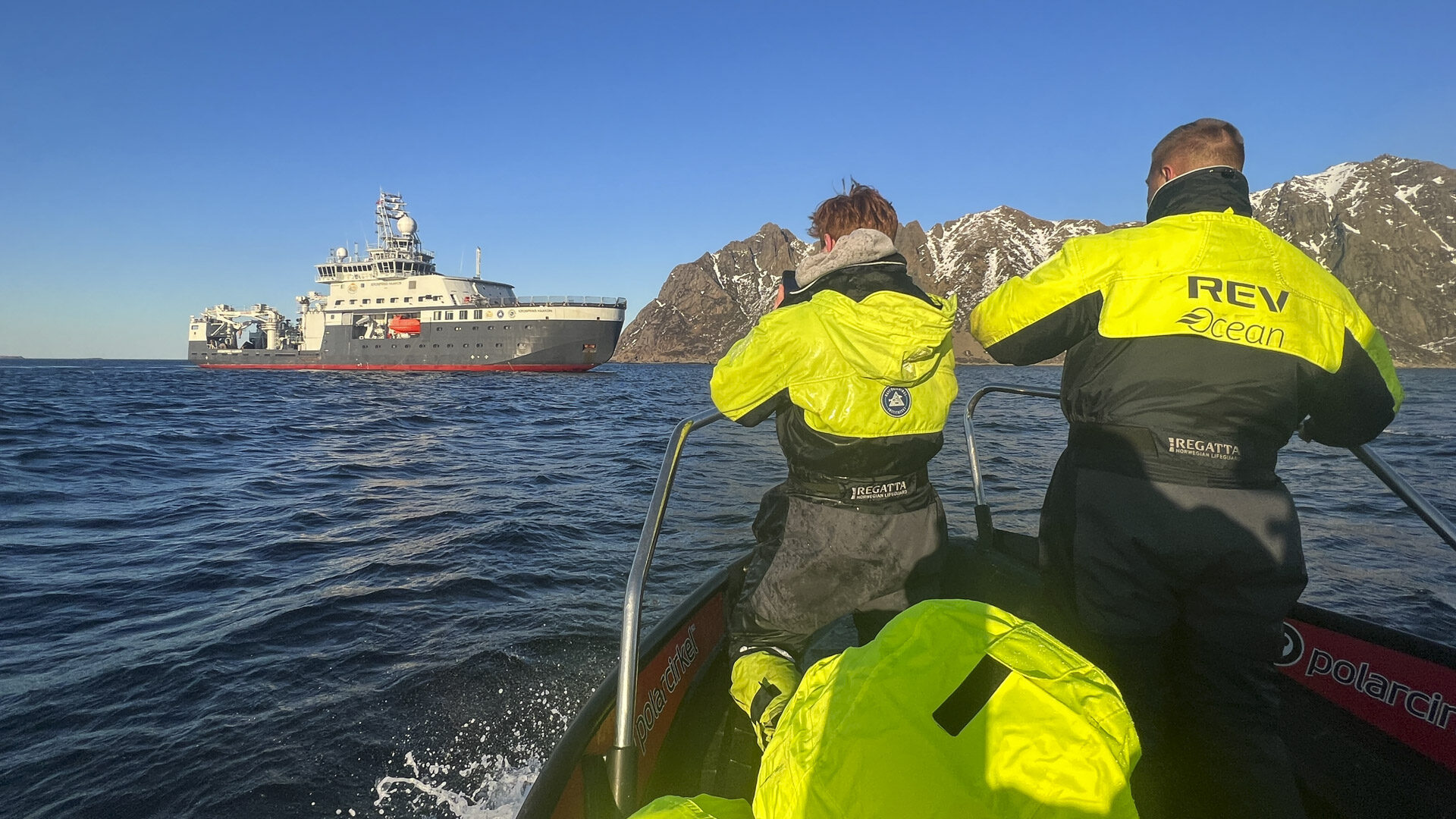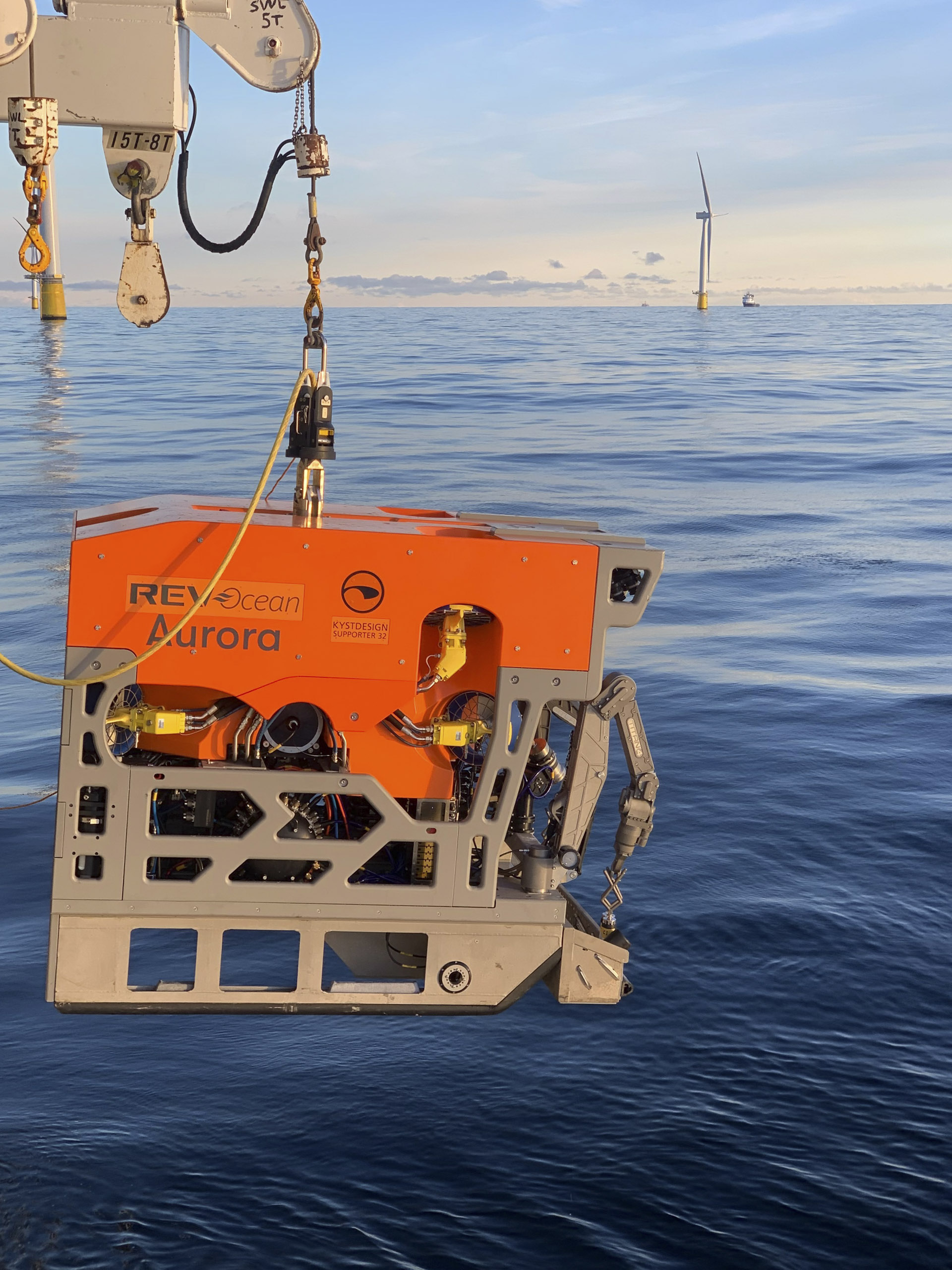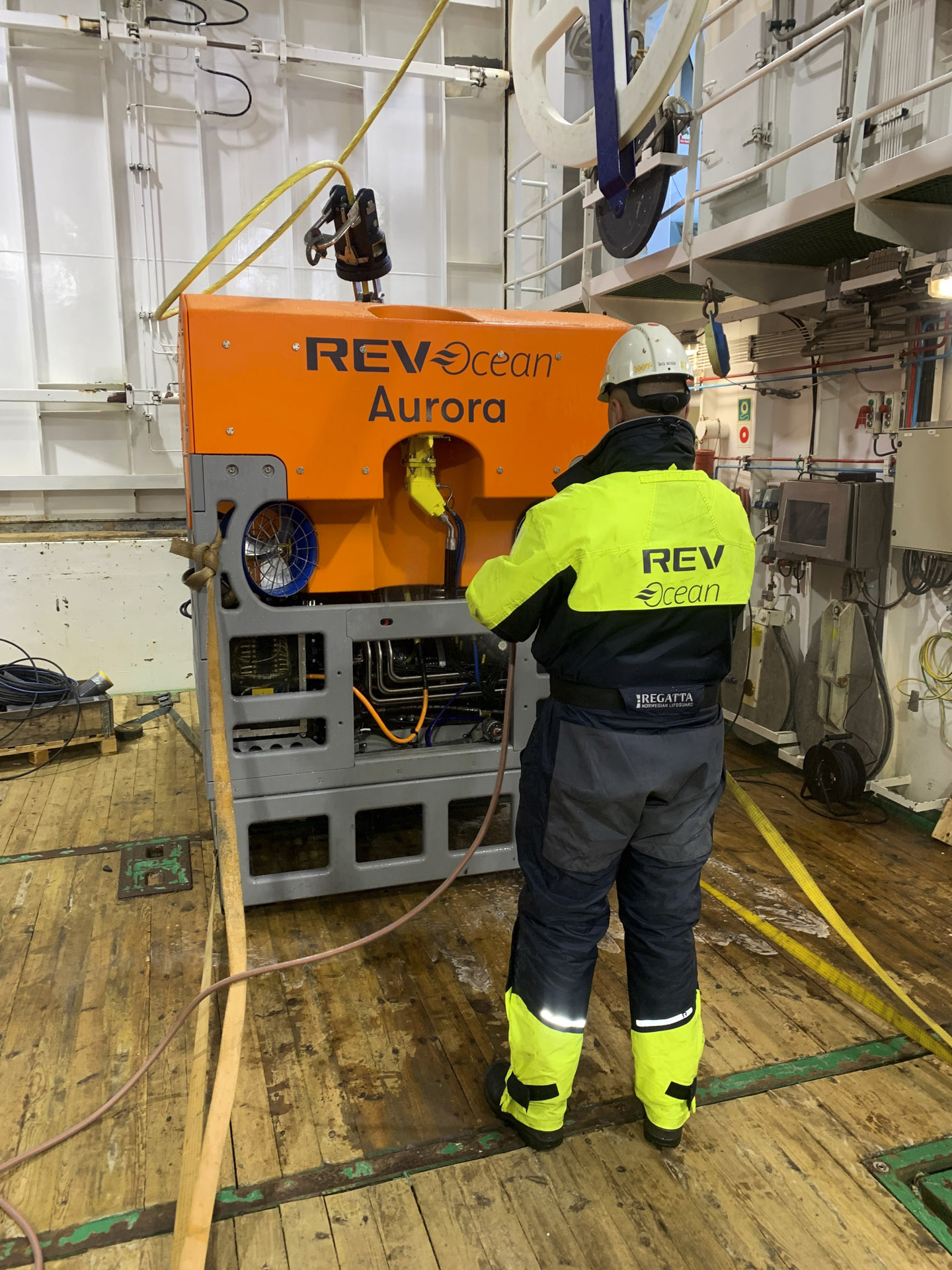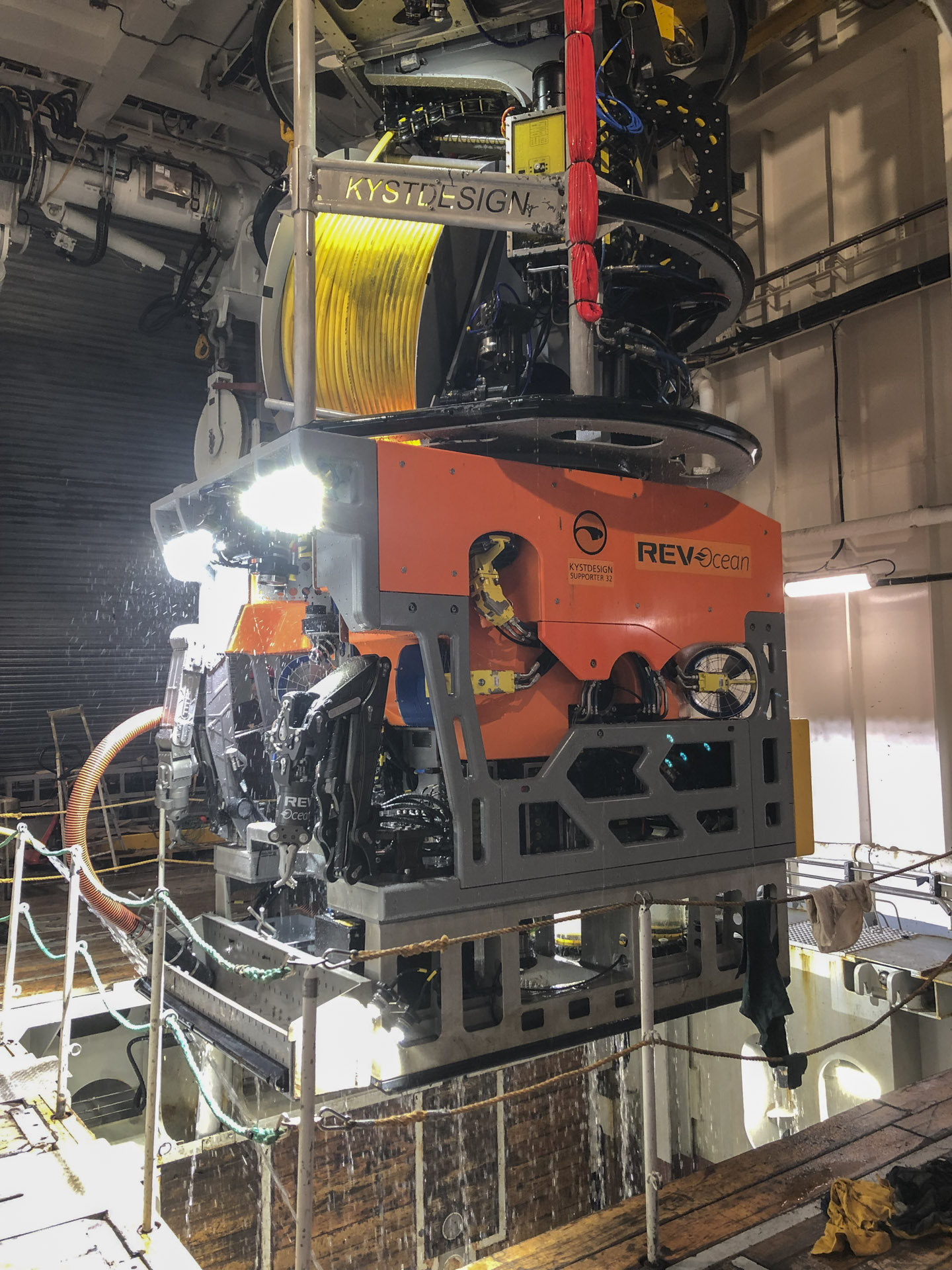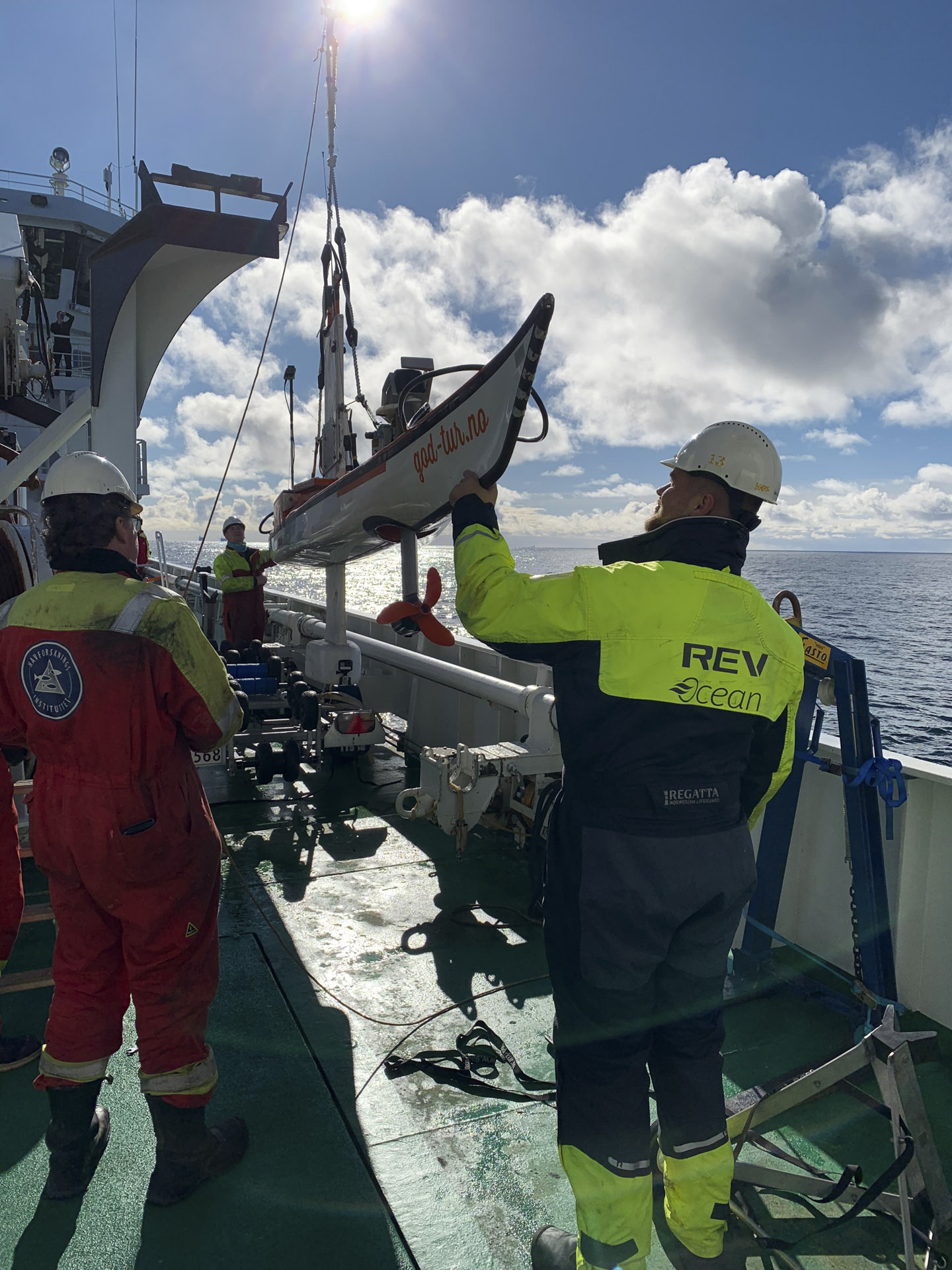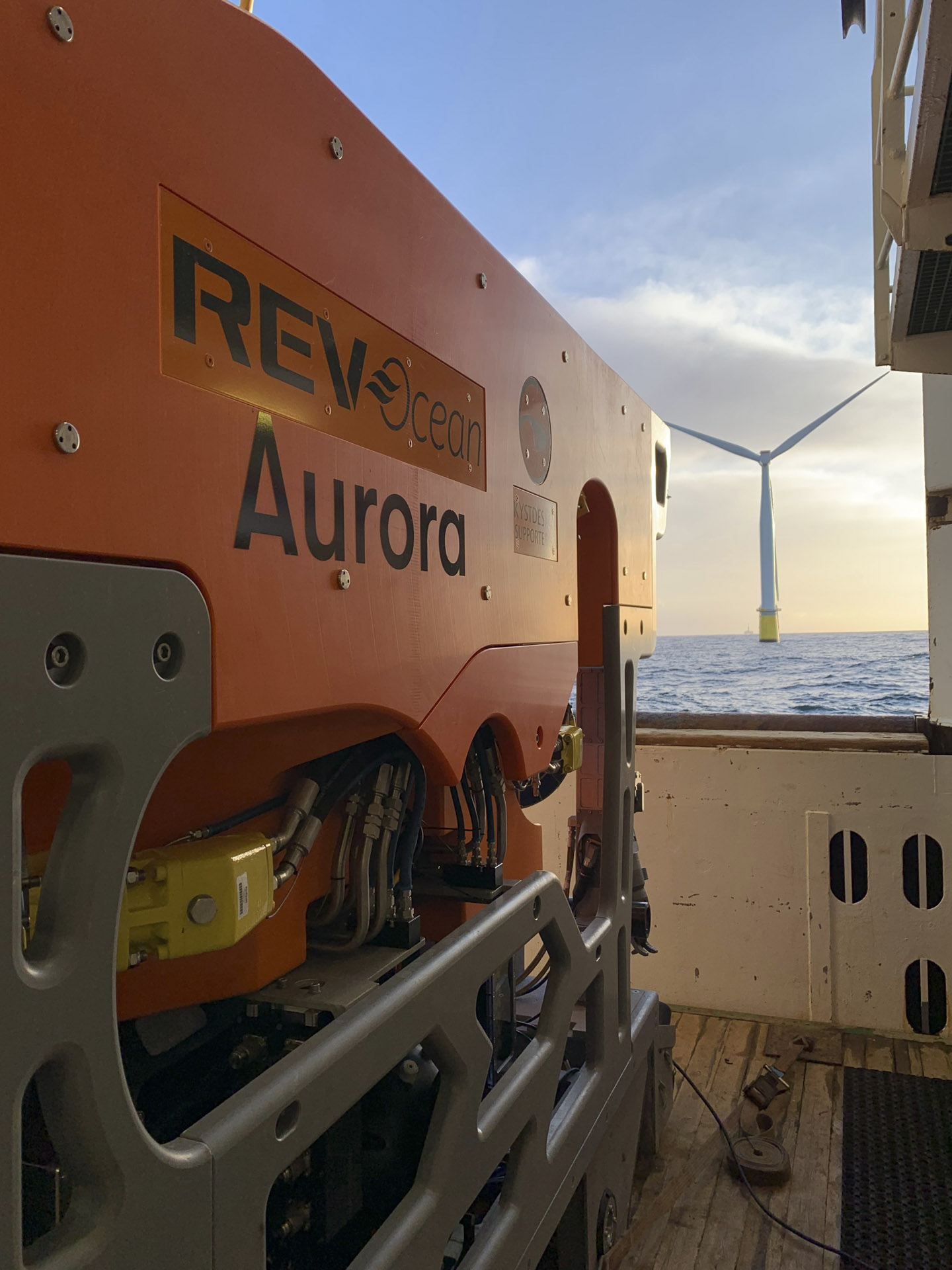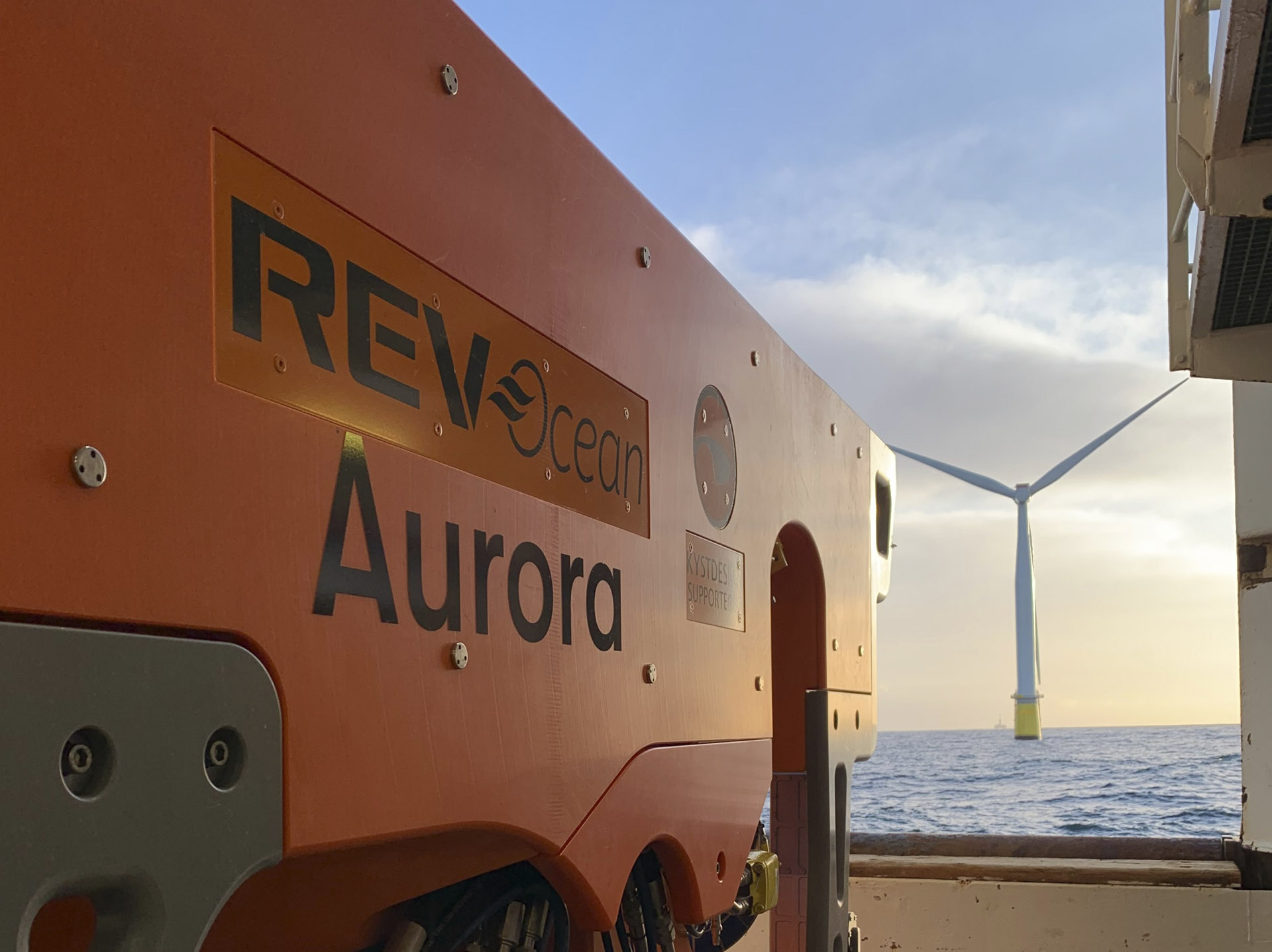NORWAY, March 5, 2025 – The REV Ocean vessel has completed its initial construction phase at Vard Søviknes shipyard in Norway and will now proceed to Damen Shiprepair Vlissingen (DSV) in the Netherlands for the final stage of exterior and interior outfitting. DSV, part of the larger DAMEN Shipyards group, is located in the south of the Netherlands, and has a proven track record of successfully refitting 100m+ vessels. With its covered dock and logistical setup, it is ideally suited to complete REV Ocean’s final stage.
Since construction began in 2018 at Vard Shipyards Romania – Tulcea, REV Ocean has been on an ambitious journey to bring a new level of innovation and commitment to ocean health. The vessel’s unique design combines advanced marine technology and research facilities to address critical ocean issues, including plastic pollution, climate change, and unsustainable fishing practices. The vessel has seen some significant construction delays and was originally supposed to be completed in 2021. The vessel has since been extended by 12 meters, and the top of the superstructure has been redesigned and rebuilt in aluminium. The 12-meter extension has been used to expand the ship’s capabilities by adding a submarine hangar, a separate CTD-hangar, container storage, a media studio and a 3D printing and robotics laboratory. Despite a challenging construction phase, the result is a state-of-the-art research and expedition vessel.
«Our relationship with VARD remains strong. We have worked through these challenges together, and both parties are committed to the success of this project.”, says CEO of REV Ocean Nina Jensen.
«Navigating the complexity of such an advanced vessel has required significant focus on technical expertise and production skills, as well as collaboration. We are happy to see the result of this journey and it’s fantastic to now send the vessel off to its final outfitting phase», says project manager in VARD, Silje Ulvestad.
The vessel is scheduled to be completed towards the end of 2026.
Once outfitting is complete, the vessel will be ready for its inaugural mission in 2027, welcoming scientists, policymakers, innovators, and advocates onboard to create solutions and advance a shared goal: One Healthy Ocean.
For more information, please contact:
Nina Jensen
CEO, REV Ocean
+4799169694
nina.jensen@revocean.org

